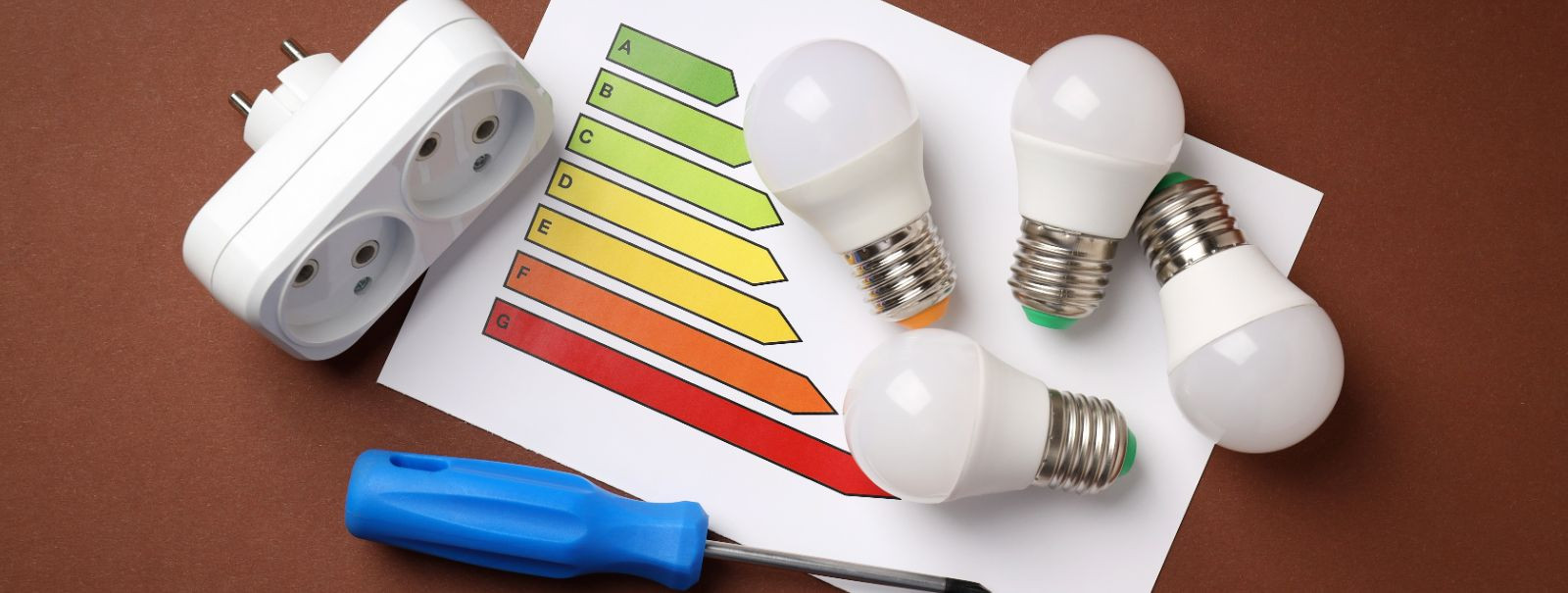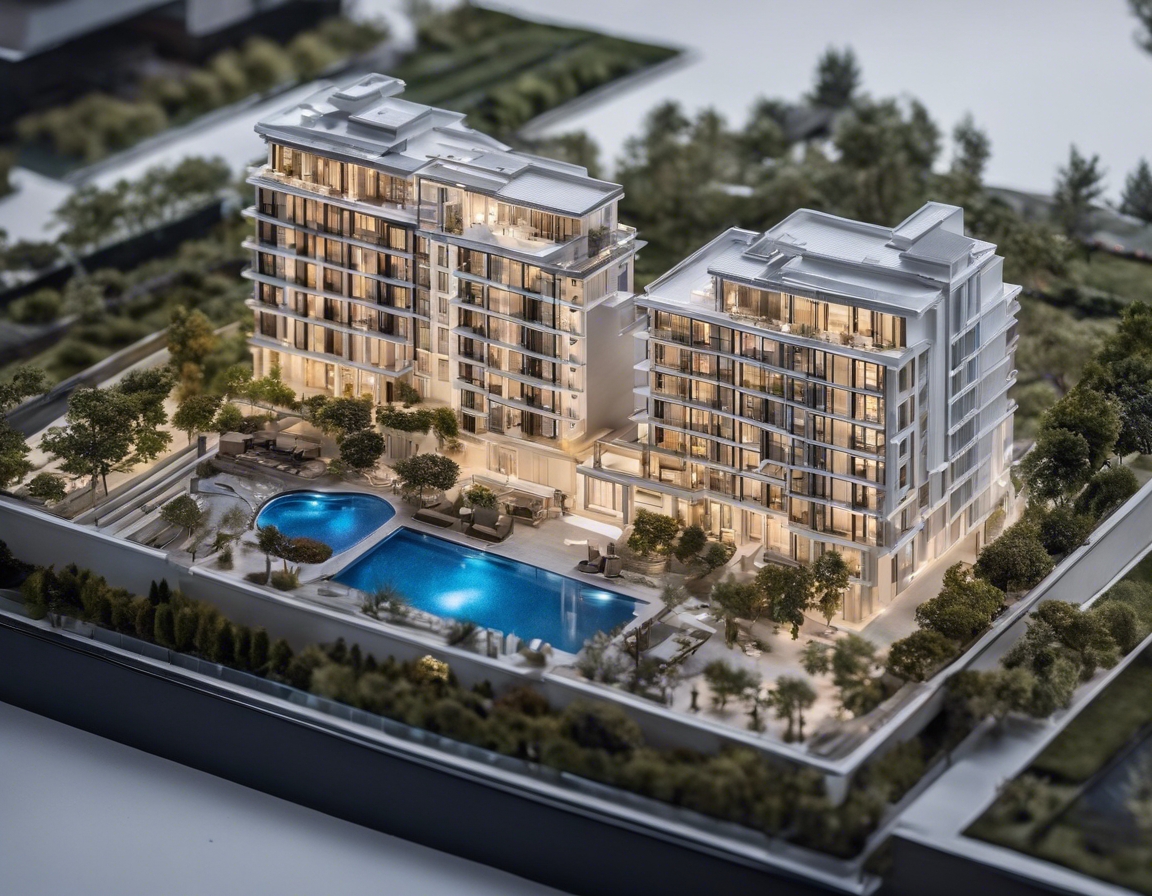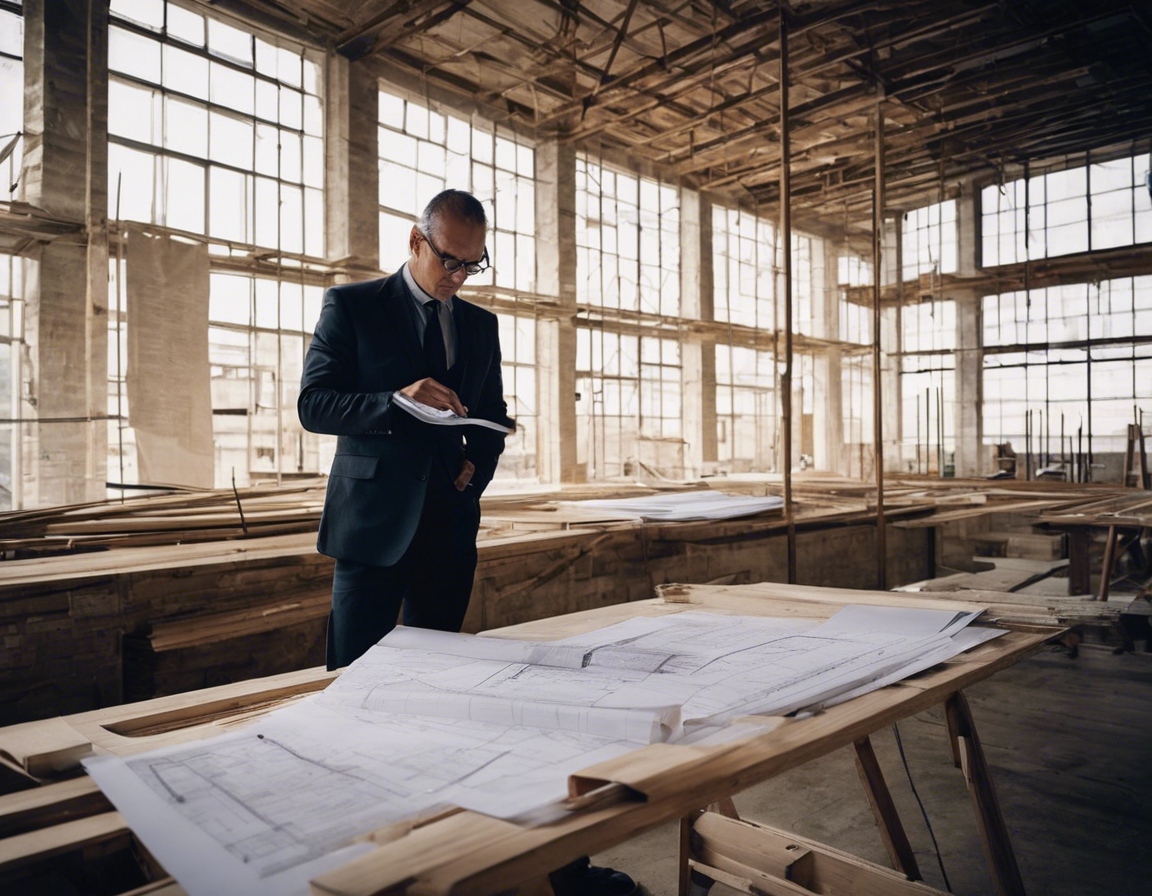Why energy efficiency is the key to cost savings in construction
Energy efficiency in construction is not just a buzzword; it's a strategic approach that can lead to significant cost savings and environmental benefits. By optimizing the use of energy in buildings, construction companies, real estate developers, and property managers can reduce operating costs, enhance building performance, and contribute to a more sustainable future.
Buildings are one of the largest consumers of energy worldwide, accounting for a substantial portion of total energy use. The energy consumed in heating, cooling, lighting, and operating buildings has a direct impact on both the environment and the economics of property management.
The Financial Benefits of Energy Efficiency
One of the most compelling reasons to invest in energy efficiency is the reduction in operational costs. Energy-efficient buildings require less energy to maintain comfortable temperatures, provide lighting, and power equipment, which translates into lower utility bills and operational expenses.
Energy-efficient buildings are not only cheaper to operate but also tend to have higher market values. They attract tenants and buyers who are willing to pay a premium for lower utility costs and the prestige of occupying a 'green' building.
Many governments offer incentives, rebates, and tax credits to encourage the construction of energy-efficient buildings. These financial incentives can offset the initial costs of implementing energy-efficient technologies and practices.
Energy-Efficient Technologies and Practices
Proper insulation and a well-designed building envelope are critical to minimizing heat loss in winter and heat gain in summer. This can significantly reduce the demand for heating and cooling, leading to lower energy consumption.
Heating, ventilation, and air conditioning (HVAC) systems account for a large portion of energy use in buildings. High-efficiency HVAC systems, designed and installed by experts like ALDEVARA OÜ, can drastically cut energy consumption while maintaining optimal indoor climate conditions.
Smart building technologies, such as automated lighting, energy management systems, and occupancy sensors, can further enhance energy efficiency by ensuring that energy is used only when and where it is needed.
Overcoming Barriers to Energy Efficiency
While the long-term benefits of energy efficiency are clear, the initial investment required for energy-efficient technologies can be a barrier. However, with proper planning and the use of available incentives, these costs can be managed and recouped over time.
Education and awareness are essential for promoting energy efficiency in construction. Stakeholders must be informed about the benefits and best practices to ensure that energy efficiency is a priority throughout the construction process.
Energy efficiency should be integrated into the design and construction phases to maximize its benefits. This requires a collaborative approach among architects, engineers, contractors, and energy experts like ALDEVARA OÜ to ensure that energy-efficient principles are applied effectively.






Comments (0)